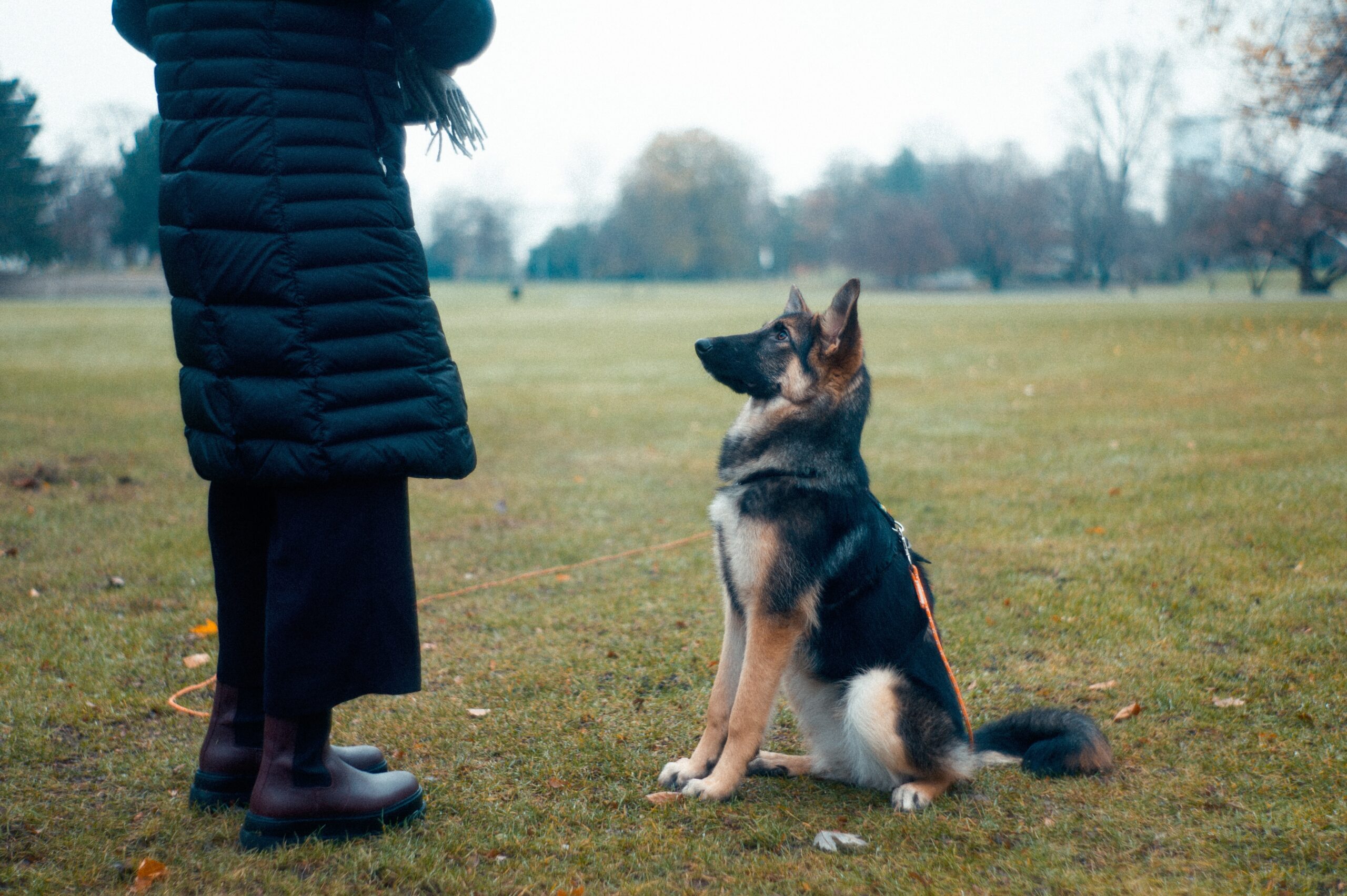Imagine you’re enjoying a peaceful afternoon with your senior pup—perhaps he’s dozing at your feet or gently playing with his favorite squeaky toy. Suddenly, he starts to shake uncontrollably, falls to the side, and doesn’t seem to recognize you. It’s scary, right? If you’ve ever witnessed your beloved dog having a seizure, you know it’s both heart-wrenching and panic-inducing.
But here’s the thing—while seizures in senior dogs can be frightening, they’re not necessarily a sign of the end. With the right knowledge and approach, you can make a significant difference in your dog’s comfort and health. Understanding the causes, treatment options, and ways to manage seizure episodes can greatly improve the quality of life for an affected dog and provide peace of mind to their owners.
This article delves into the various aspects of managing seizure disorders in elderly canines, offering insights from veterinary professionals and practical advice for dog owners.
Understanding Seizures in Senior Dogs
Seizures are sudden, uncontrolled electrical disturbances in the brain that can cause changes in behavior, movements, feelings, and levels of consciousness. In older dogs, seizures can be symptomatic of underlying health issues such as brain tumors, liver disease, or kidney failure, or they may arise from age-related changes in brain function.
Types of Seizures
- Generalized Seizures: These affect the entire brain and are characterized by muscle rigidity, convulsions, and loss of consciousness.
- Focal Seizures: These begin in one part of the brain and may affect only a part of the body. They can progress to generalized seizures.
- Reactive Seizures: Caused by metabolic problems like hypoglycemia or toxin exposure.
Why Do Senior Dogs Have Seizures?
As dogs age, their health complexities can increase. Seizures in senior dogs are often symptomatic of underlying conditions, which may include:
- Brain Tumors: Older dogs are at a higher risk for brain tumors, which can press on brain tissue and disrupt normal electrical brain activity.
- Kidney or Liver Disease: These organs help filter toxins from the blood. If they aren’t working well, toxins can accumulate and potentially lead to seizures.
- Stroke: Like humans, dogs can suffer from strokes, and one of the potential aftermaths is seizures.
- Idiopathic Epilepsy: Although typically diagnosed earlier in life, some dogs develop epilepsy as they age without a clear underlying cause.
- Degenerative Brain Diseases: Conditions like canine cognitive dysfunction (similar to Alzheimer’s in humans) can also lead to seizures in elderly dogs.
Recognizing the Signs
Understanding what a seizure looks like is key to managing the situation effectively. Here are some signs that your dog might be having a seizure:
- Muscle Twitching
- Staring Blankly
- Falling to the Side
- Paddling Their Legs as if Swimming
- Chomping or Foaming at the Mouth
- Drooling or Salivating Excessively
- Loss of Consciousness
Diagnosis
To effectively manage and treat seizures in senior dogs, a comprehensive diagnostic approach is essential. This approach is crucial not only for identifying the underlying causes and determining the best treatment strategy but also for preparing pet owners for all possible outcomes, including managing the complexities of pet loss. Here’s an outline of the typical diagnostic procedures involved:
- Neurological Examination: This initial step involves a detailed assessment of the dog’s brain function by a veterinarian. A neurological examination in dogs is an essential diagnostic tool for identifying and localizing neurological disorders, including those affecting the brain, spinal cord, and nerves. The process begins with the veterinarian collecting a detailed medical history from the owner, noting the onset, duration, and nature of symptoms. Observations of the dog’s behavior, gait, and posture are made to detect any initial signs of discomfort or abnormality.
During the examination, the vet assesses the dog’s posture and gait to identify issues like weakness, paralysis, or coordination problems, often using specific maneuvers to test the dog’s responses to unusual positions. The mental status of the dog is evaluated to determine the level of awareness and responsiveness, which indicates how well the brain is functioning.
A critical component of the neurological exam involves testing the twelve cranial nerves by examining reflexes of the eyes, facial muscles, and hearing capabilities, such as pupil reaction to light and eye tracking of moving objects. Reflex testing extends to both superficial and deep tendon reflexes to uncover spinal cord and nerve dysfunctions.
.
- Blood Tests: Blood tests are critical as they can reveal a variety of underlying issues such as liver or kidney failure, electrolyte imbalances, or other metabolic diseases, which might be contributing to the seizure activity.
- MRI or CT Scans: These imaging techniques are crucial for visualizing the structure of the brain. They can detect abnormalities such as tumors, strokes, or other issues that may not be apparent through a physical exam alone.
- EEG (Electroencephalogram): Although less commonly used due to accessibility and cost, an EEG can be instrumental in assessing the electrical activity in the brain. It helps in distinguishing between different types of seizures and can be particularly useful in complex cases where routine testing does not yield clear results.
What You Can Do At Home?
While it’s crucial to work with a veterinarian to diagnose and treat the underlying cause of your dog’s seizures, there are things you can do to help:
- Stay Calm: Your dog needs you to be a calming influence. Move any objects that could hurt them if they thrash around.
- Time It: Keeping track of how long the seizure lasts is very important. This can help your vet understand the severity of the condition.
- Comfort Them: After a seizure, your dog may be confused or disoriented. Provide a quiet, comfortable space and be there to comfort them.
- Consult Your Vet: Always inform your vet about any seizures, even if they seem minor. They can help determine if this is part of a larger health issue and guide you on the next steps.
When to See a Vet
- First Seizure: Always consult a vet if your dog has its first seizure.
- Cluster Seizures: Multiple seizures within a 24-hour period require immediate veterinary intervention.
- Status Epilepticus: A continuous seizure lasting more than five minutes is a medical emergency.
Final Thoughts
Seizures in senior dogs can be managed with the right combination of medical treatment, environmental adjustments, and supportive care. With advancements in veterinary neurology and supportive care, older dogs with seizure disorders can still enjoy a good quality of life. As a caregiver, staying informed, prepared, and observant are key to effectively managing this challenging condition.
Bulldog-Photo-courtesy-of-Pexels.png




